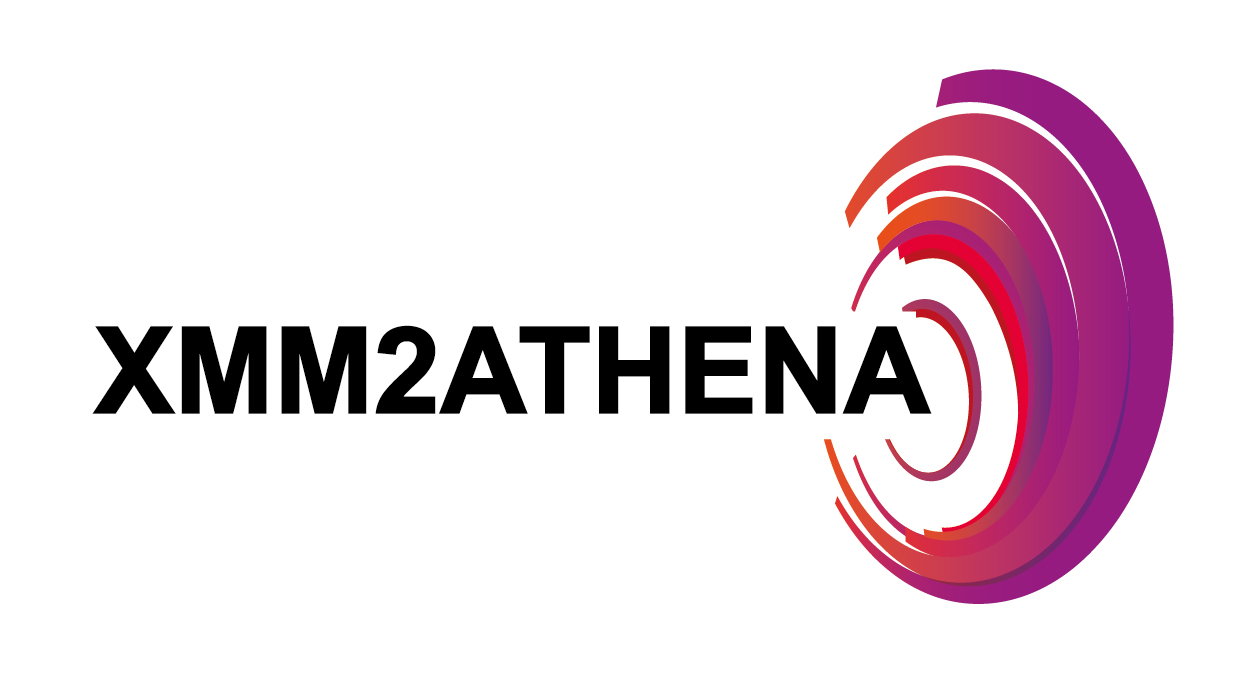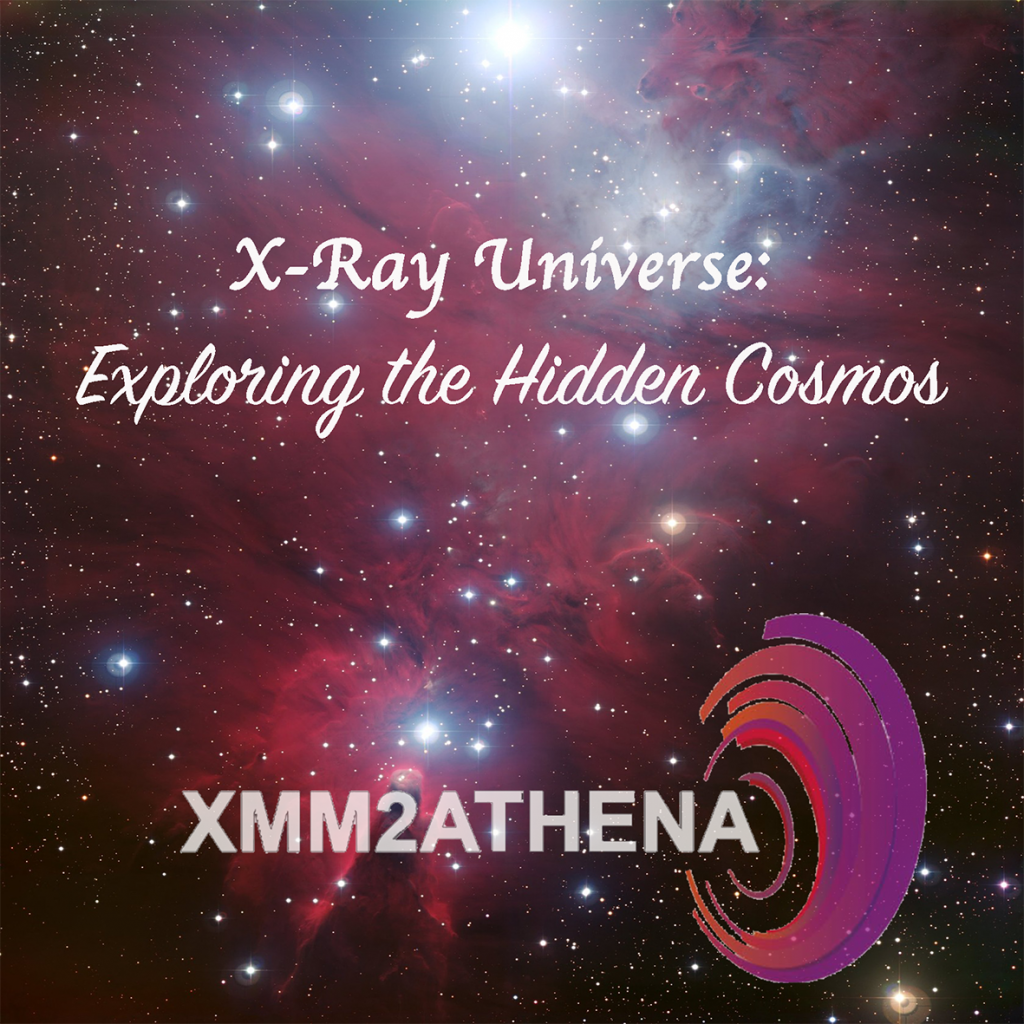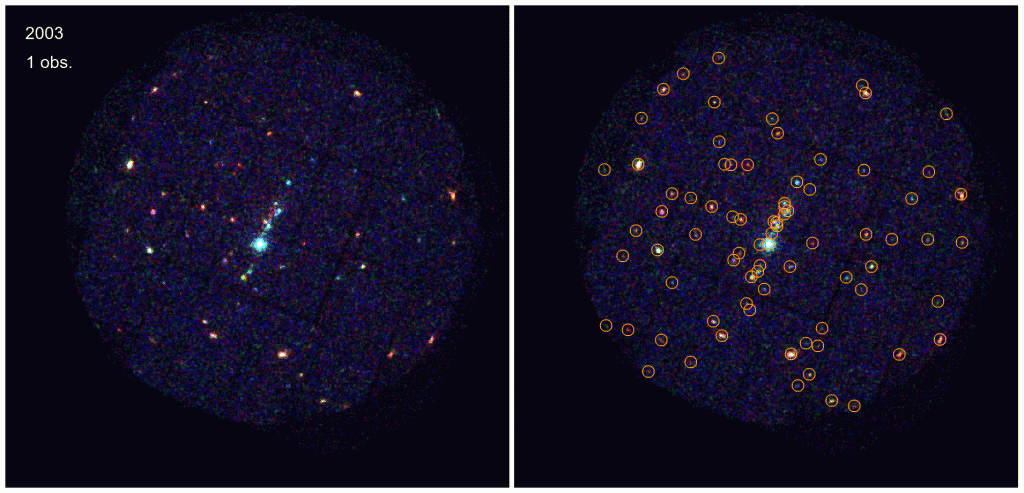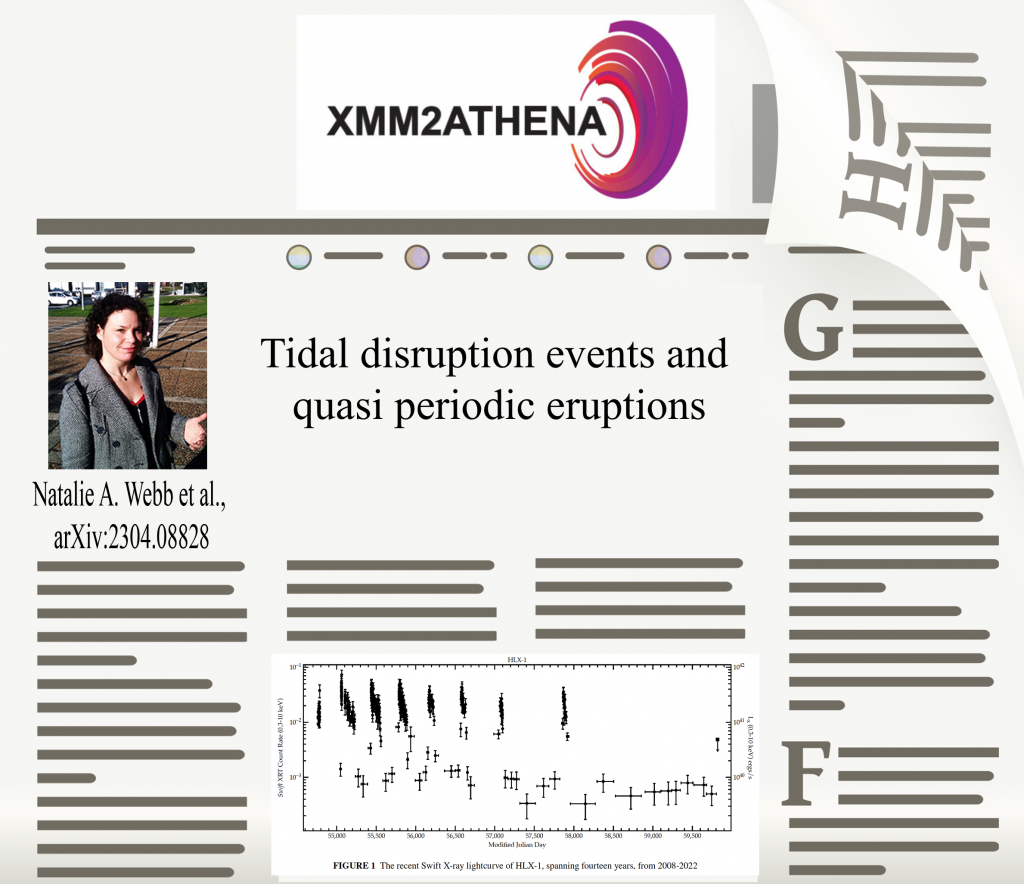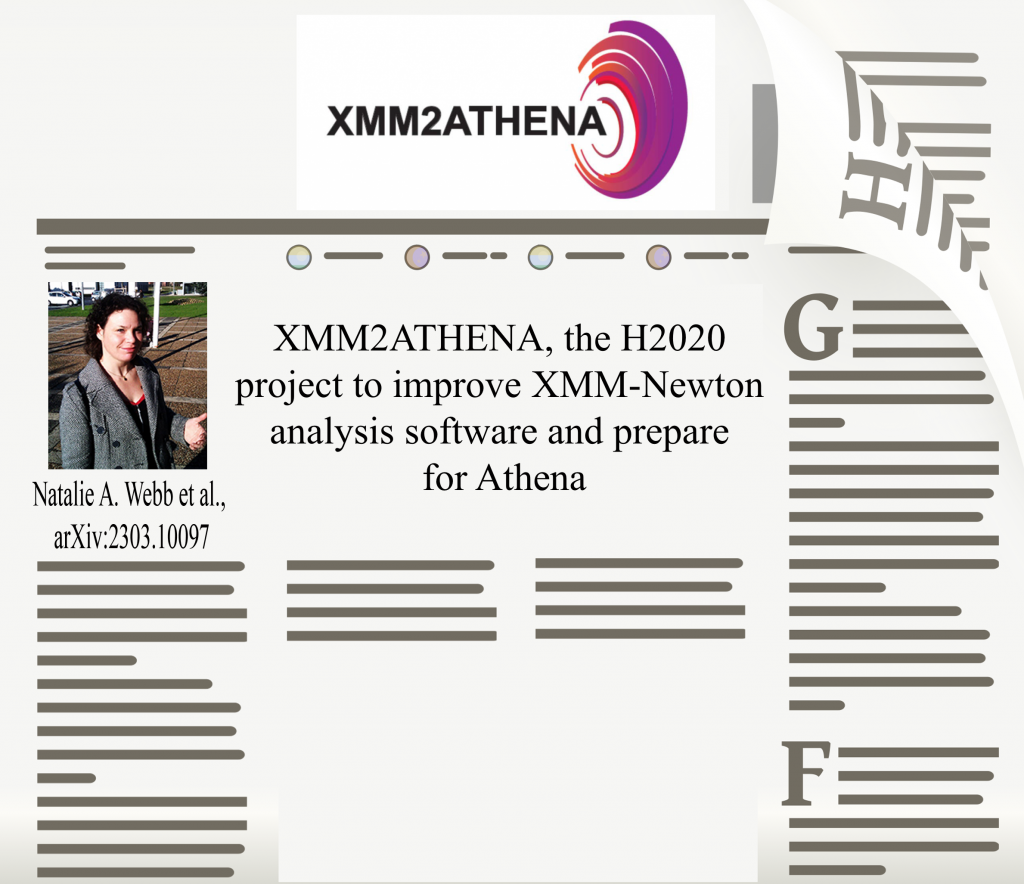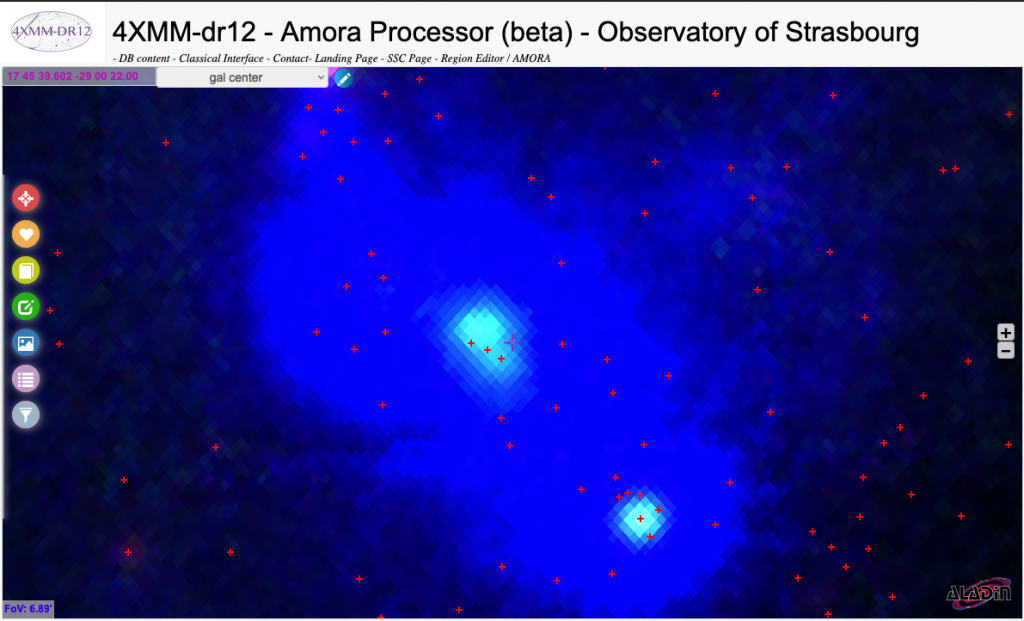European Researchers’ Night 2023: Are you ready to show your X-ray astronomy knowledge?
[22 September 2023] To celebrate this year’s European Researchers Night, we have prepared an international contest to learn about X-ray astronomy using the Quizizz platform. This contest is a joint international initiative of the following projects: the XMM2Athena project, the Athena Community Office, the Athena/X-IFU and Athena/WFI instruments consortia, and the AHEAD2020 project. The Quizizz…
Read more
